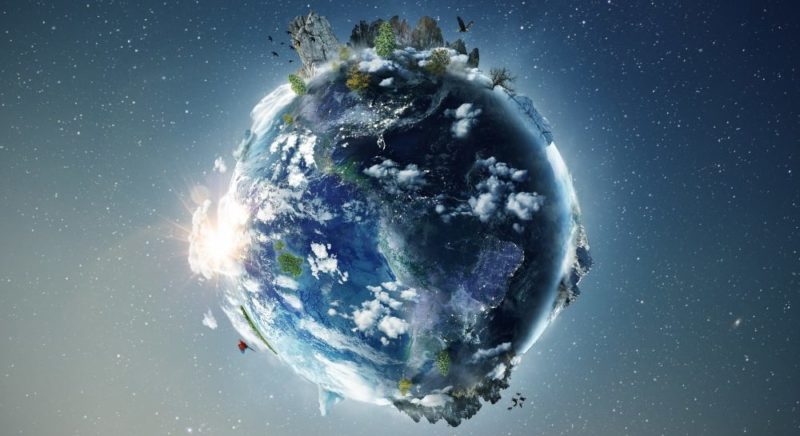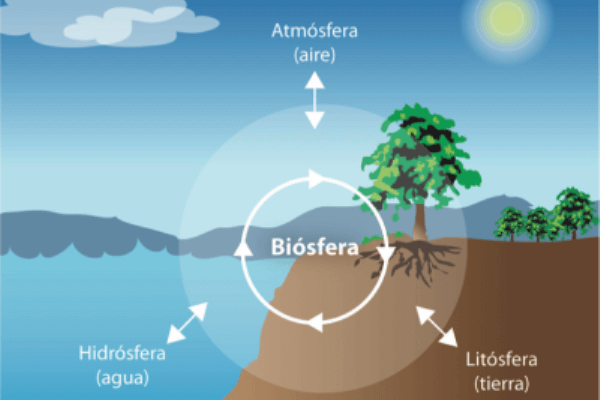
UNIVERSIDAD AUTÓNOMA DE NUEVO LEÓN
SECRETARÍA DE SUSTENTABILIDAD
The Biosphere: The Delicate Balance of Life on Earth

The biosphere is defined as the set of ecosystems where life thrives, ranging from the deep oceans to high mountains, and even reaching places as extreme as deserts or polar regions. The biosphere includes all living beings, from microorganisms to plants and animals, as well as the physical environment in which they interact. Its study is essential to understand the complex processes that allow life on Earth and to ensure its preservation in the face of the multiple threats it faces.
The biosphere is made up of a combination of three main layers of the planet: the lithosphere (the solid earth's surface), the hydrosphere (water bodies such as rivers, lakes and oceans) and the atmosphere (the gaseous layer that surrounds the planet). Together, these layers allow for the existence of countless habitats and ecological niches where different forms of life coexist and interact.
Within the biosphere, each organism has a specific role in what is called the "food chain", which includes producers (such as plants), consumers (herbivores, carnivores and omnivores) and decomposers (organisms that feed on decomposing matter). These cycles of life, death and decomposition allow for the regeneration of essential nutrients so that the cycle of life continues uninterrupted. Terrestrial, aquatic and atmospheric ecosystems are interconnected, so any alteration in one part of the biosphere can affect others, in a delicate network of interdependence.
The main function of the biosphere is to host and sustain life. The ecosystems that comprise it regulate fundamental biogeochemical processes, such as the water cycle, the carbon cycle and the oxygen cycle. These processes are essential for maintaining the balance of gases in the atmosphere, purifying water and regenerating fertile soils.

In addition, the biosphere contributes to climate stability. Oceans, for example, absorb large amounts of carbon dioxide, helping to mitigate climate change, while forests act as carbon sinks by absorbing CO₂ from the atmosphere. Biological diversity, also known as biodiversity, is key to ecosystem resilience, as a greater variety of species contributes to greater stability and adaptive capacity in the face of natural or man-made disturbances.
Despite its importance, the biosphere faces serious threats from human activities. Deforestation, pollution, overexploitation of natural resources and greenhouse gas emissions are severely affecting ecosystems. These factors are leading to habitat degradation, biodiversity loss and climate change, which in turn cause phenomena such as desertification, rising global temperatures and ocean acidification.
Climate change, in particular, represents one of the greatest threats to the biosphere. Rising temperatures affect the migratory cycles of many species, change rainfall patterns and threaten the survival of entire ecosystems. In addition, pollution from plastics and other waste is severely damaging marine and terrestrial life, causing the deaths of millions of animals and disrupting natural cycles.
Protecting the biosphere is protecting life itself. Actions to mitigate climate change, preserve biodiversity and promote sustainable development are essential to ensure that this delicate system, which sustains life on Earth, can continue to function in balance. If adequate measures are not taken in the shortest possible time, the consequences could be irreversible, affecting not only endangered species, but also the survival of humanity.
